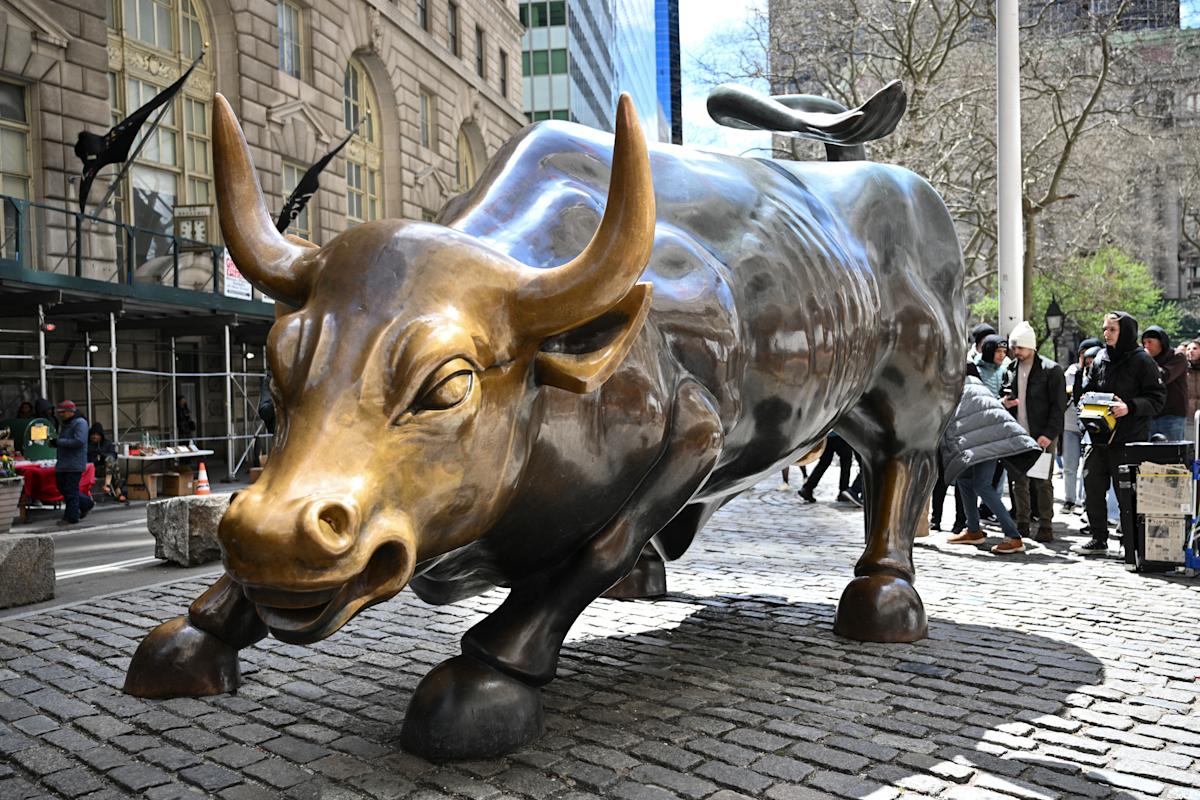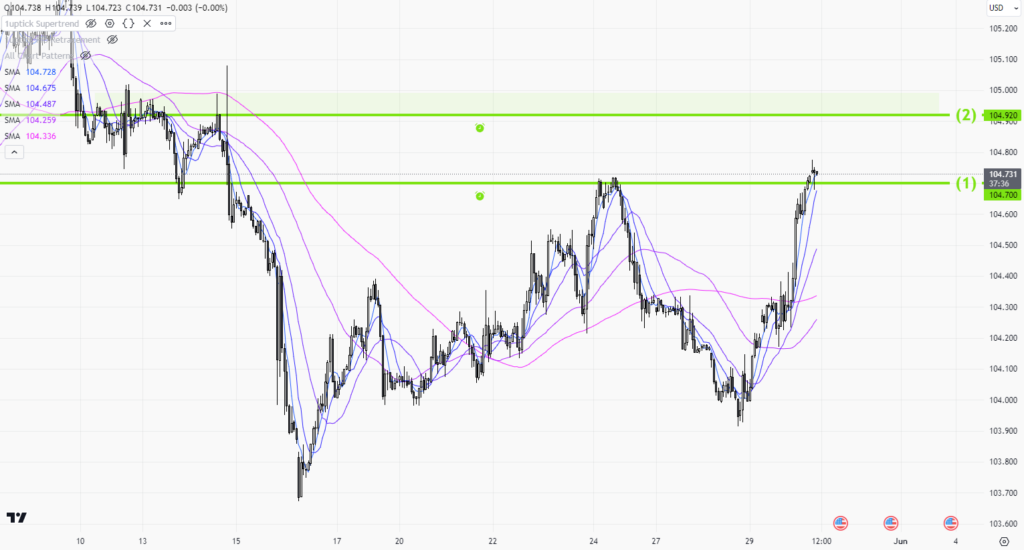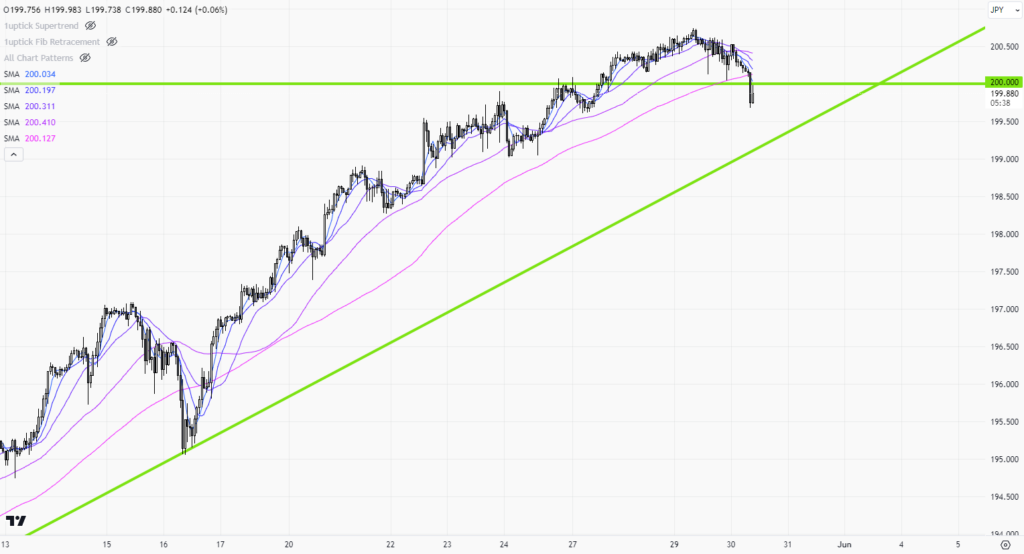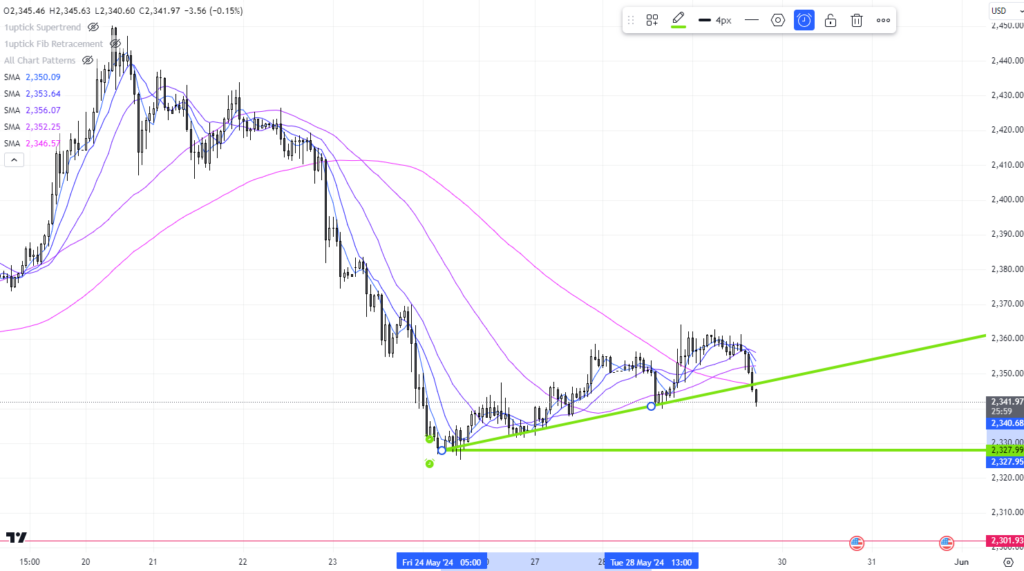 |
| Gold V.1.3.1 signal Telegram Channel (English) |

Why “Private for Longer” Is Wall Street’s Defining Trend in 2025 and What It Means for Investors
2025-08-20 @ 19:00
This Summer’s Hottest Wall Street Trend: Why “Private for Longer” Is Now the Norm
Wall Street is experiencing a dynamic shift in how companies approach the public markets. The growing trend of “private for longer” is reshaping the landscape and challenging some long-held assumptions about IPOs, investor access, and the lifecycle of high-growth firms. This summer, it’s one of the hottest topics among investors, entrepreneurs, and market watchers—so what does it mean, why is it happening now, and how should you think about it as an investor?
Why Are Companies Staying Private Longer?
Traditionally, high-growth startups aimed to go public as soon as they could justify large valuations. Being publicly listed offered access to capital, increased visibility, and liquidity for early investors and employees. That narrative has changed. Now, companies are staying private for much longer, sometimes for a decade or more. Several critical factors are driving this behavior:
- Plentiful Private Capital: Over the past decade, the rise of venture capital, private equity, and crossover investors has dramatically increased the amount of funding available to companies before they ever reach the IPO stage. Mega funding rounds—sometimes hundreds of millions or even billions—are now commonplace for so-called “unicorns,” companies valued at $1 billion or more. This abundant capital allows businesses to fuel growth without public scrutiny or the pressure of quarterly earnings reports.
- Regulatory Hurdles and Costs: The process of going public has become more complex and expensive. Compliance with Sarbanes-Oxley, ongoing reporting, and exposure to activist investors make the public markets less appealing, especially to companies not yet profitable or with complex business models.
-
Control and Flexibility: Remaining private allows founders and early investors to retain control over their vision and strategies, without the constraints imposed by public shareholders. This flexibility is highly attractive, especially in disruptive sectors like tech and biotech.
What Does “Private for Longer” Mean for Investors?
For retail investors, the “private for longer” phenomenon presents both challenges and opportunities. On one hand, much of the dramatic value creation now happens behind closed doors, accessible only to institutional investors and insiders. By the time a hot company finally IPOs, much of its rapid-growth phase is already priced in.
On the flip side, alternative platforms and investment vehicles are starting to open access to pre-IPO shares. If you’re accredited or part of certain funds, you may be able to invest in these companies before their public debut. However, pre-IPO investing carries significant risks, including limited liquidity, uncertain valuations, and regulatory complexities.
Winners and Losers in the New Era
- Founders and Early Investors: Holding out for a larger exit can pay off handsomely. With more bargaining power, founders can time their IPOs strategically and cash out at peak valuations.
- Employees: Staying private longer can be a mixed bag. Equity compensation may become more valuable, but liquidity events (when shares can be sold) are fewer and farther between.
- Public Market Investors: Retail investors get fewer chances to invest in high-growth companies early. IPOs, when they happen, often feature businesses with slower growth and more mature financials.
Signs This Trend Is Accelerating
The data this summer is hard to ignore. Some of the most attractive companies—especially in artificial intelligence, fintech, and climate tech—are pushing off public offerings and instead closing massive late-stage funding rounds. The roster of “unicorns” continues to swell, with some valuations climbing well above $10 billion without ever ringing the opening bell.
Additionally, some companies are exploring creative alternatives, such as direct listings, SPAC mergers, or remaining private indefinitely, opting for secondary markets to provide liquidity for investors and employees.
What’s Driving the Change in 2025?
Several macroeconomic currents are fueling this “private for longer” surge:
- Interest Rates and Liquidity: As interest rates fluctuate, private capital may offer more attractive terms than public funding. Institutional investors continue to pour money into late-stage deals, seeking returns outside traditional public equities.
- Market Volatility: The public markets have been more volatile in recent years. For high-growth startups, this means greater risk of underwhelming IPOs or unfavorable valuations—which strengthens the case for staying private.
- Tech Sector Dominance: Technology and innovation-led sectors tend to prefer privacy during the steepest growth phases, prioritizing agility and discretion over publicity.
What Should Investors and Enthusiasts Watch Next?
Looking ahead, the expansion of secondary markets for private shares may help democratize access to high-growth companies, allowing more investors to participate before IPO. Regulatory changes could also influence the calculus, making the public markets more attractive.
The “private for longer” trend is likely to persist as long as private capital remains abundant and market volatility keeps companies hesitant to expose themselves to the pressures of a public listing. For investors, staying informed about alternative avenues—private equity funds, venture capital syndicates, secondary marketplaces—is more important than ever.
As we head deeper into 2025, keep an eye on the balance between private and public funding. The future of investing may depend less on Wall Street’s opening bell, and more on what happens behind closed doors.


![[Daily Closing 🔔] Gold – Gold Spot Prices Rebound Sharply, Closing Above $3,230 with Daily Gain Over 1.7%](https://int.1uptick.com/wp-content/uploads/2025/05/2025-05-20T224010.678Z-file-1024x576.png)
![[Daily Closing 🔔] Gold – Gold Prices Slide as Investors Cash Out After U.S.-China Tariff Deal](https://int.1uptick.com/wp-content/uploads/2025/05/2025-05-13T004619.999Z-file-1024x683.jpeg)


